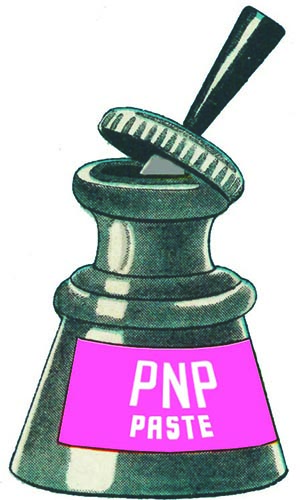BY HELEN GILL
Forged craquelure [is] arbitrary, monotonous and pedantic, whereas ‘natural craquelure throbs with rich variety’ (1)
Through a comparative study of craquelure patterns on 14th to 18th century European panel and canvas paintings, British conservator Spike Bucklow demonstrated that variations in craquelure provide a reliable insight into the material nature and technical construction of a painting (2). Bucklow’s aim was also to develop a standardised language to describe craquelure and within his article are included 17 black and white photographs showing details of representative examples of various crack networks.
As a conservator of paintings I found it very easy to obsess over these fascinating images.
Conservators find themselves frowning over cracks that may be compromising the structural stability of a paint layer and retouching others that are hindering the readability of the artist’s imagery. On the other hand, after repairing damaged areas of a painting it is not unusual to find oneself carefully painting in a few imitation cracks in order to ensure the reconstructed surface appears consistent with the age of the original surface.
For this project, I sat down and behaved in a very monotonous and pedantic manner, thank you Herr Friedländer, and reproduced by hand (and brush) several of Bucklow’s figures detailing ‘natural craquelure’. To the lower right of each image is documented in minutes and seconds the time taken to complete each reproduction. Taken completely out of context, with only the titles of the original paintings included, I hope that time’s effect on paintings can be appreciated purely for its playful intricacy.
Helen Gill is a paintings conservator who has worked in Australia and Denmark. She currently runs her own studio at helengillartconservation.com.
S Bucklow, 'The description of craquelure patterns’, in Studies in Conservation 42, 1997, 129-140, quoting M J Friedlander, On Art and Connoisseurship, London, 1942.
S Bucklow, ibid.
This article originally appeared in Materiality: TIME, now out of print. To purchase an e-version, please visit our shop.







